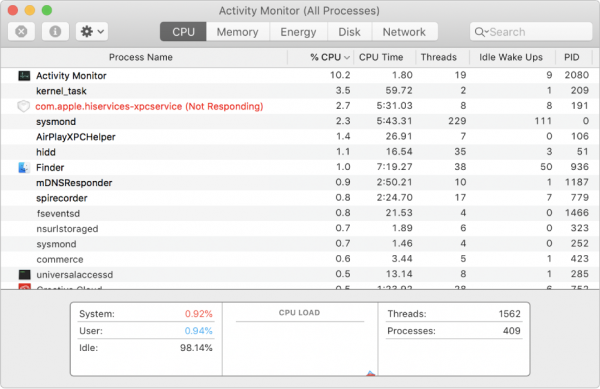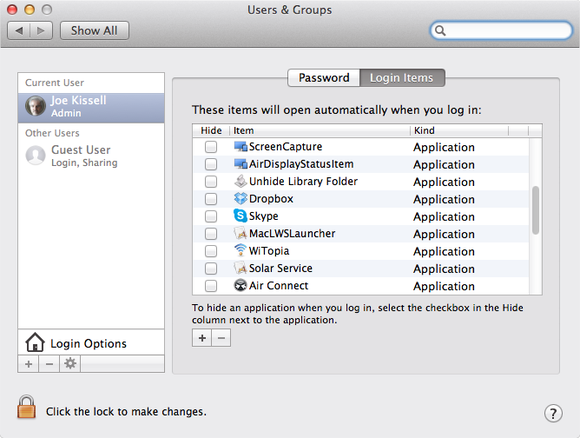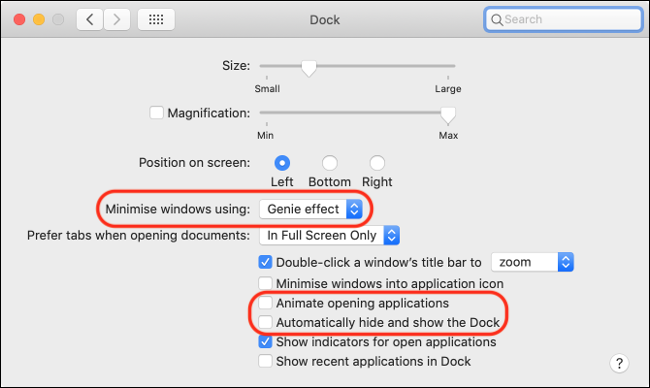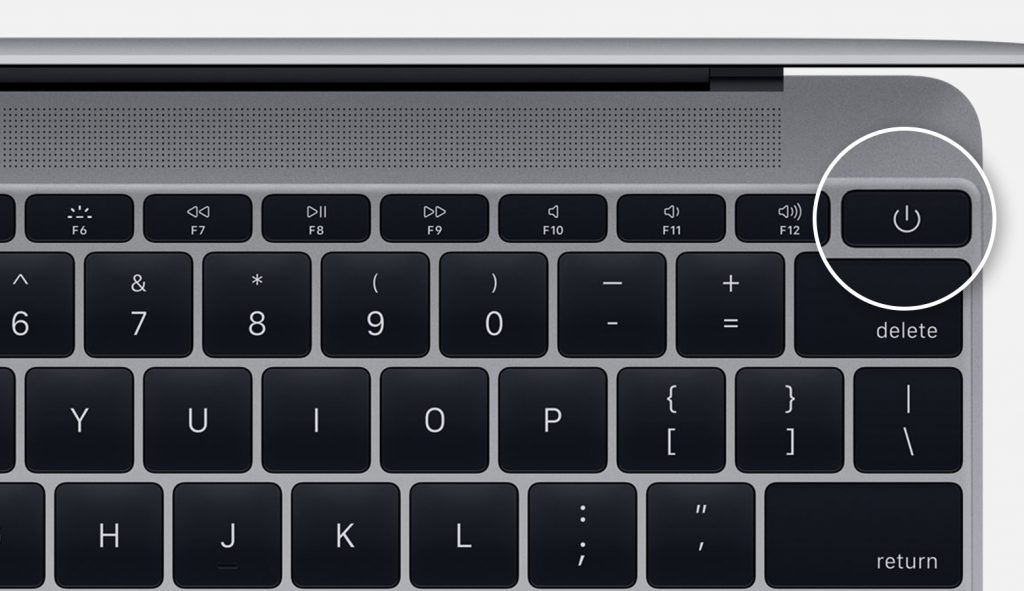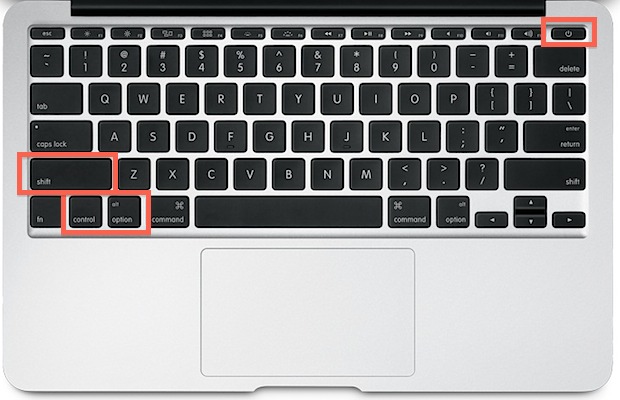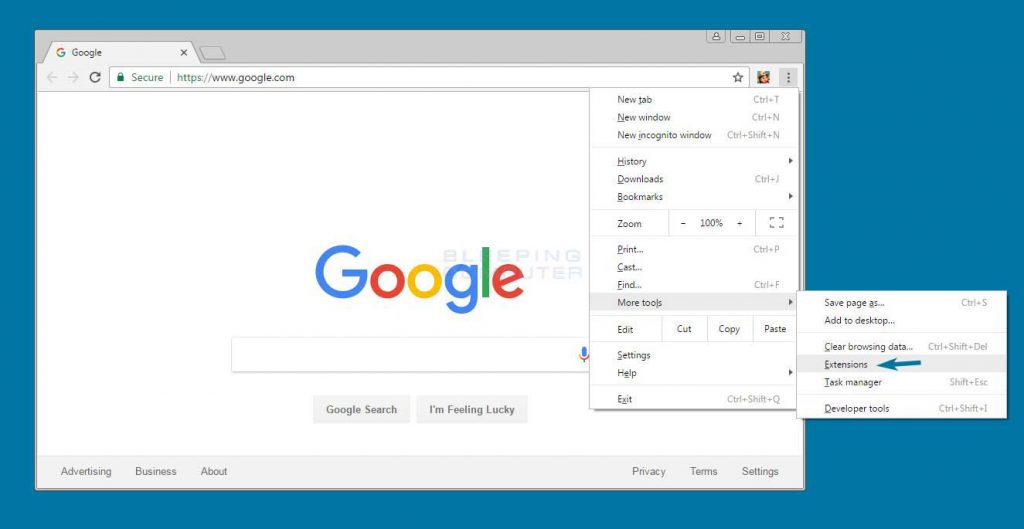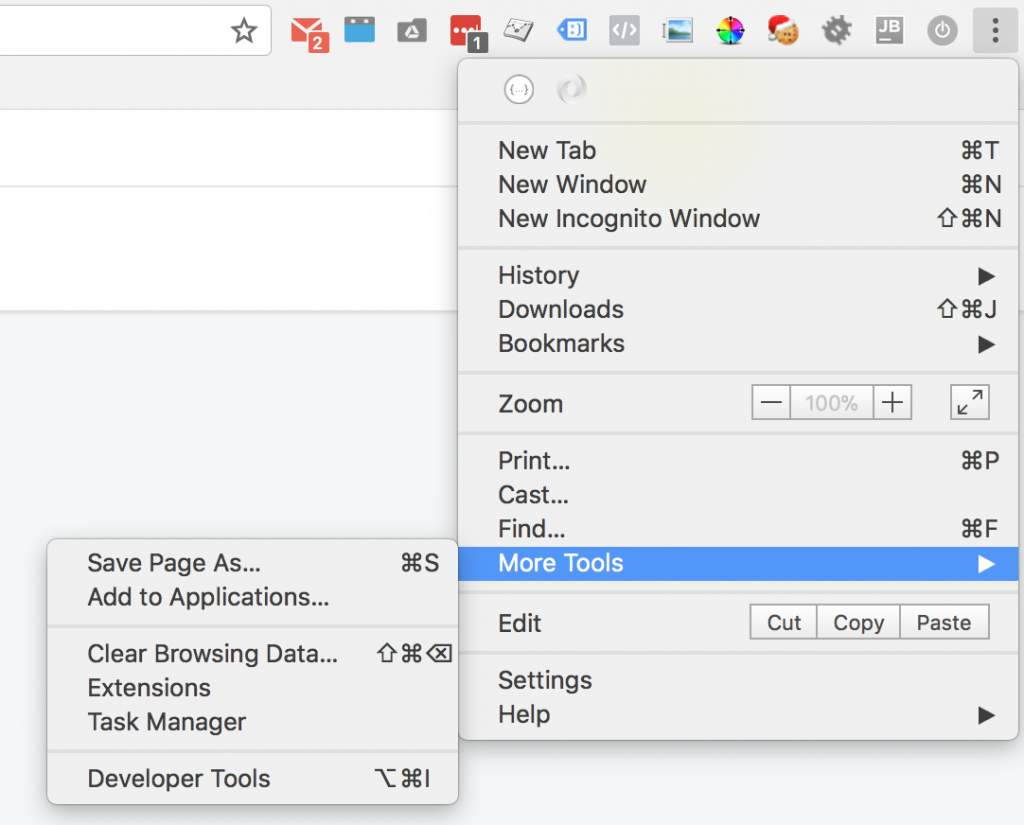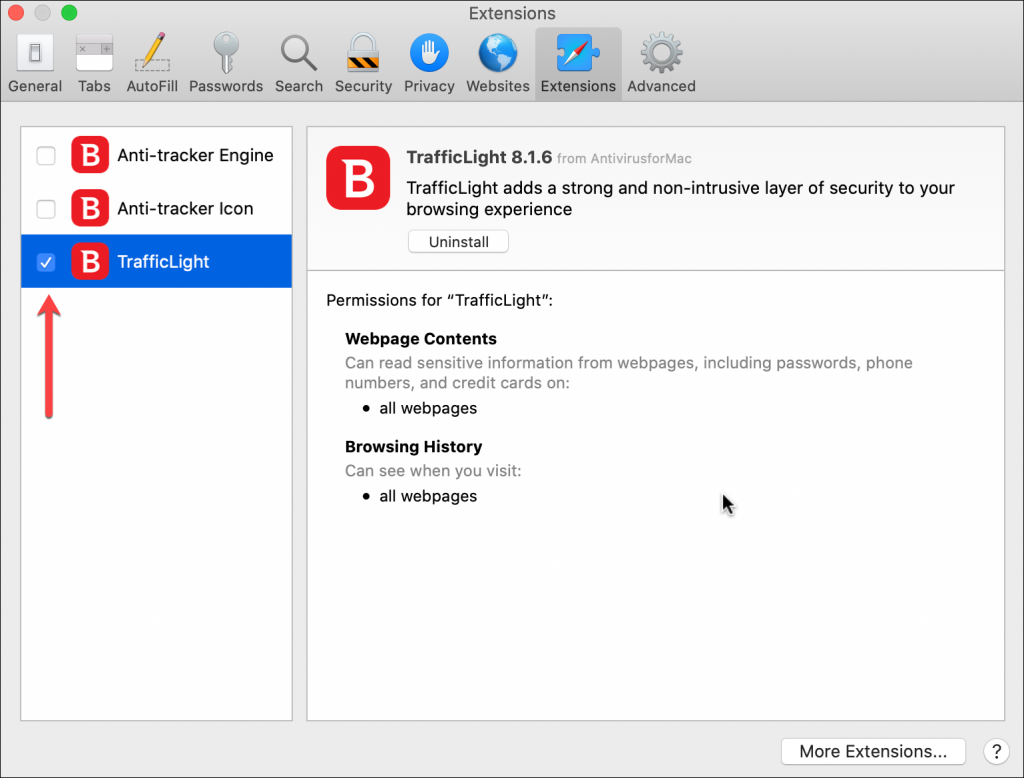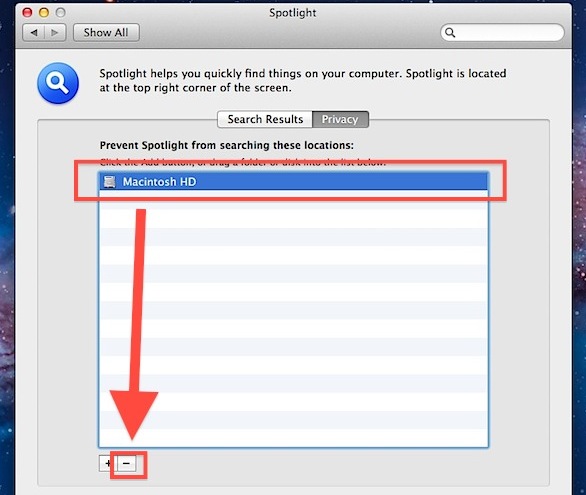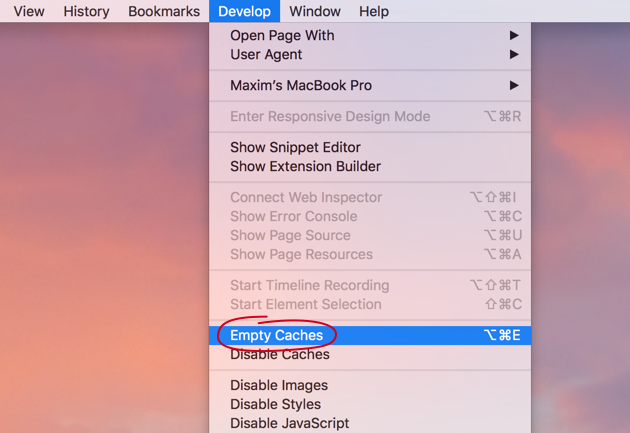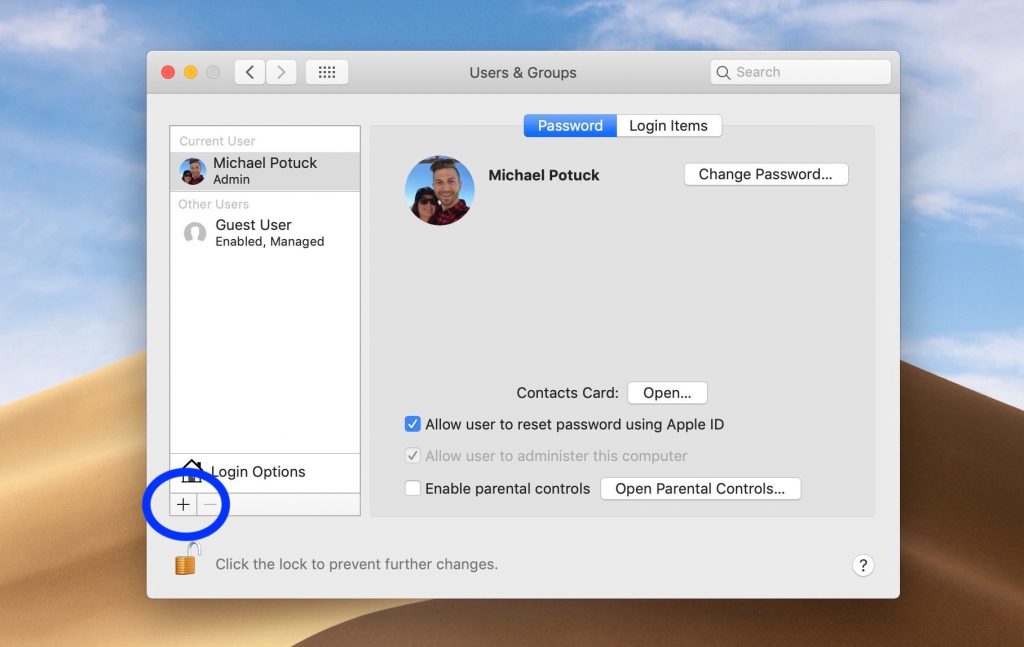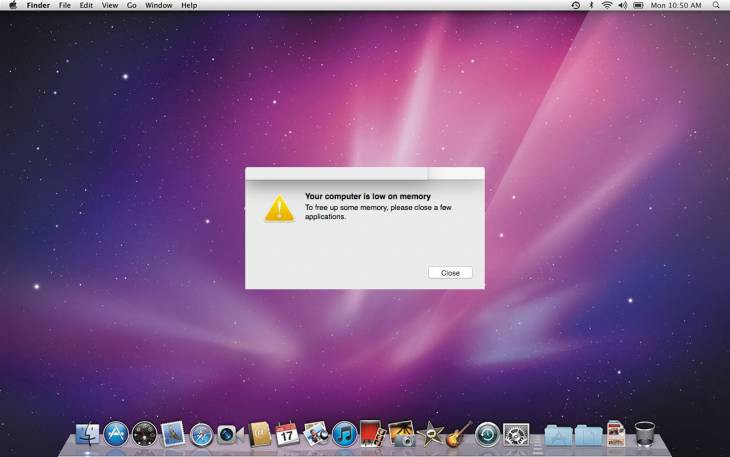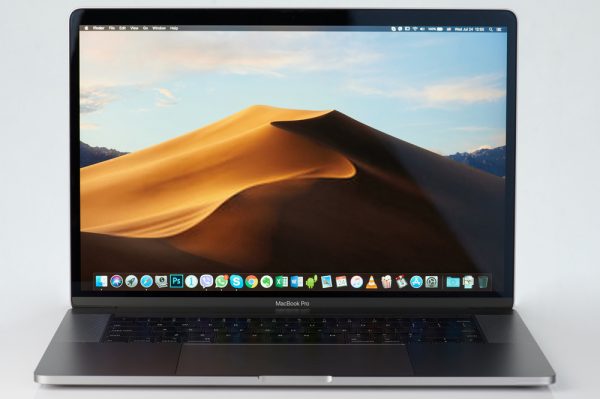Every MacBook eventually slows down through time. Regardless of which model you bought or how frequently you’re using them, they usually show signs of deterioration. Overheating and lagging performance are signs of your MacBook showing its age. A slow MacBook triggers anxiety to its users when it comes to accomplishing tasks. The performance of your MacBook Pro slows down for several factors, ranging from full disk drives chock full of documents, photos, apps, and files to many programs running in the background to heavy startup dialogs. Old hardware can also be the culprit why MacBook slows down. Fortunately, there are many things you can do to prolong your MacBook Pro. Rushing out and purchasing a new MacBook isn’t the most economical choice, after all.
How To Speed Up MacBook Pro
These straightforward procedures will describe how to speed up MacBook Pro. It won’t take much of your time, and your MacBook Pro will hopefully speed up quickly within ten minutes. If you do this often, you won’t have to deal with anxiety-inducing lags that hinder your productivity.
Identify Resource-Hungry Apps and Processes
Many apps on your MacBook Pro are more resource-hungry than others. These apps can really slow down the performance of your laptop. Moreover, your MacBook Pro gets older while the apps you download become more complex. As a result, you now have a MacBook Pro with more apps and more processes than what your machine’s processing power and memory can handle. To verify which apps are consuming a significant amount of system resources, you can open Activity Monitor. Here are the different methods to open Activity Monitor:
Finder:
Spotlight Search:
Shut Down Your MacBook Pro Regularly
Most of us hardly take care of our MacBook Pros. One of the common acts of neglect we commit is immediately closing them after work and opening immediately the next workday. Like us, our computers also need a break. Instead of simply letting them sleep or closing them immediately, turn them off after every shift. You can also restart them regularly if you can’t keep them off for long. It’s one of the best ways to lessen the strain on hard drives, apps, software, and processors.
Organize Startup Applications
Startup applications or menus consume more processing resources without you even knowing. Most of these apps run in the background, compromising the performance of your MacBook Pro while using it. In a nutshell, a clean startup can remediate a MacBook Pro that is running slowly. Try to simplify your startup items by following these simple steps:
Disable Heavy Animations or Visual Effects
Another simple tweak to speed up MacBook Pro is disabling the visual effects. You may find them visually appealing. However, they become more of a hindrance when they’re the culprits behind your MacBook Pro slowing down. Disabling them can significantly improve the performance of your laptop. Here’s how to speed up a MacBook Pro by disabling the visual effects:
Animate opening applications Automatically hide and show the Dock
Restart PRAM and SMC
In some cases, your MacBook Pro performs poorly without any reason at all. For example, your MacBook Pro shuts off unexpectedly, goes to Sleep mode, the battery isn’t charging, takes longer to charge, or crashes completely. If you have tried the methods mentioned above and your laptop is still running slowly, you can reset the Parameter RAM (PRAM) or System Management Controller (SMC). Here are some of the methods you can do to perform this step:
MacBook Pro with Removable Battery
MacBook Pro (Newer Versions)
Delete Browser Extensions/Add-Ons
Modern browsers generally get bombarded with numerous extensions and add-ons. Although they can be helpful at times, they are also responsible for slowing down your MacBook Pro. Here are the different methods to delete unnecessary browser extensions:
Chrome
Firefox
Safari
Delete Large Unused Files
When your MacBook Pro is overloaded with heavy files, there’s no doubt it’s not performing its best. Hence, you should delete files that are no longer relevant. There are several ways to delete old files on your MacBook Pro. It’s highly recommended that you regularly check your laptop for unused, old, and large files.
Spotlight Re-Indexing
If you recently updated to the latest OS version, the indexing of the Spotlight feature can slow down your MacBook Pro. It only takes a few hours, and then your laptop should be fine afterwards. However, there are instances when the Spotlight indexing is stuck. To remediate the issue, you can try re-indexing the Spotlight feature through the following steps:
Organize Desktop Icons
As mentioned, each desktop icon consumes RAM storage. That said, the fewer desktop icons you have, the more efficient and faster your MacBook Pro works. For this process, you can revisit each desktop icon and verify if it’s still needed. Otherwise, you can delete them permanently. Once you’ve finished deleting them, don’t forget to restart your MacBook Pro.
Remove Cache Files
Cache files are crucial for speeding up certain processes on your MacBook Pro. For instance, web browsers cache web pages to load specific websites faster when you visit them. While these caches make browsing easier, they build up over time and eventually slow down the performance of your MacBook Pro. To remove cache files on your MacBook Pro, perform the following steps:
Delete Unused Applications
Another effective method to speed up a MacBook Pro is uninstalling apps that you don’t need anymore. Little did you know that dragging apps to the Trash app isn’t enough. Although it works fine, this method can still leave traces of junk files behind. Here is a comprehensive guide on how to delete unused applications on your MacBook Pro:
Via Launchpad:
Via Trash:
As mentioned, deleting them isn’t enough. You need to completely remove the leftovers or junk files associated with the deleted apps. To manually verify any associated junk files, you can go to each of these folders via the Finder for easier reference:
/Applications/ ~/Library/Application Support /Library/Caches/ ~/Library/Caches ~/Library/Internet Plug-Ins/ ~/Library/ ~/Library/Preferences/ ~/Library/Application Support/CrashReporter/ ~/Library/Saved Application State/
Manage App and Device Syncing
If your Apple ID is synced with your MacBook Pro, you’re probably aware that photos can eat up a lot of storage. When your iCloud account is synced, deleting pictures from one device means they’re also deleted from the other connected device. It can be inconvenient, especially if you’re deleting it for your MacBook Pro only. To remediate this issue, you can turn off iCloud syncing on your MacBook Pro.
Update macOS
Apple typically releases a new macOS every year or so. If your MacBook Pro shows signs of lag, it can be an excellent time to update with the latest macOS. Before upgrading, you can create a backup of your files or ensure that you’ve synced important files to your preferred cloud storage service. Here is a simple step to verify if you have the latest macOS:
Merge Multiple Windows in Finder
MacBook Pro’s Preview and Finder can get lost in a plethora of multiple active windows. Each active window has its own process, indicating more resources used. Hence, more open windows mean more processes running on your MacBook Pro. To resolve this, you can organize all of them in one window. If you have many folders or windows open on your Desktop, you can follow these steps to merge them:
Use Terminal To Free Up RAM Space
If you’ve made it this far, you’re still probably searching for the ultimate remedy to speed up MacBook Pro. By this time, you can use Terminal’s help to free up some space on the RAM. Use this method whenever your system is running out of memory storage. For instance, when a specific app isn’t responding and you need to refresh the memory, you can free up some space by performing these steps:
Create A New User Account
If you still haven’t improved the performance of your MacBook Pro, you can opt for the last resort before calling it quits. When you have a MacBook Pro that has slow performance, some configurations or settings in your existing user account are compromised or messy system logs. That said, you can start fresh with a new user account. To create a new user account on your MacBook Pro, follow these steps:
Upgrade Hardware
As you can see, there are a variety of ways on how to speed up your MacBook Pro. However, what do you do if you’re running out of storage? There’s only so much you can do, including cleaning up your desktop, adjusting a few settings, and clearing cache files. Although you’ve already completed other options, maybe it’s the right time to speed up MacBook Pro hardware components such as the HDD, SDD, and RAM. Before anything else, you should backup all important files and consult an expert. Unless you’re a professional in handling computer parts and upgrades, it’s highly recommended to pay for an upgrade service to avoid compromising other components of your MacBook Pro.
Reasons Why Your MacBook Pro Is Running Slow
There are several reasons why your MacBook Pro is running slow. One of the common reasons is that modern browsers are becoming more demanding in memory usage. For example, using Chrome and opening up too many tabs or windows all at once consume a significant amount of memory. These upgrades compromise the overall performance of your MacBook Pro. Another culprit is that your MacBook Pro has several apps installed. Most apps are running in the background, and these consume large memory capacity without you being the wiser. If you have too many programs in your MacBook, you might want to reconsider which apps you will keep. Lastly, the most obvious culprit is the MacBook Pro’s hardware. If you have an older device, its RAM, CPU, and other hardware are already too outdated/old to process websites and modern software/apps. You might want to have the physical components of your MacBook Pro checked out in that case. In a nutshell, MacBook Pro’s performance slows down eventually due to data overload and aging hardware. For more specific reasons, a MacBook Pro eventually slows down due to the following factors:
1. Photo Library Is Full
In some cases, you tend to forget that there are many photos saved in your MacBook for a long time. At some point, you don’t even bother checking how many pictures you’ve collected over the years. These unchecked photos can become the culprit behind your MacBook Pro running slowly over time.
2. Too Many Tabs/Windows Open
In case you didn’t know, the Finder consumes a lot of memory storage. If you’ve noticed, MacBook’s Finder generally overlaps and is lost in the background. It’s normal behavior when launching apps such as Mail, Preview, and Chrome. As a result, you’re opening too many windows at once without knowing where they are on your screen.
3. Chunks of Old and Large Files
The Trash and Download folders are usually the data dump locations on a MacBook Pro. Having too many old and large files in these folders will shrink the drive space. If you’re not regularly cleaning up your Download and Trash folders, chances are they’re slowing down your MacBook Pro’s performance.
4. Conflicting User Permissions
Many files on your MacBook Pro have individual permissions that identify which services and apps are authorized to open specific files. User permissions eventually cause problems on your MacBook Pro such as crashing, freezing, and lagging.
5. Slow Waking Up Response
If you haven’t used your MacBook Pro for a while, it activates the standby mode to preserve the battery. Similar to humans, some MacBook Pros are slower to wake up compared to others. That said, its screen displays black regardless of which keys you’re pressing.
6. Compromised Keyboard Response
A common issue that compromises productivity is a delayed keyboard response. That said, your keyboard would freeze for a few seconds before typing the actual input. It is typically encountered in the Chrome and Notes app. The issue is caused by outdated system caches that are the culprits of compromising the performance of your MacBook Pro’s keyboard.
7. Running Out of Free RAM Storage
This section is self-explanatory and the most apparent reason why your MacBook Pro is slowing down. RAM is responsible for running all applications. This is why it’s crucial to free some space on your RAM to ensure your device runs more smoothly. If you have the means, you can upgrade to a higher storage capacity.
8. Corrupted SMC Settings
SMC is an abbreviation for System Management Controller. It handles and processes a variety of low-level functions such as the MacBook Pro’s system volume, power, lights, fans, and other components. In rare cases, your MacBook Pro’s performance is affected by the SMC settings being broken.
9. Heavy Graphics
Rich graphics, visual effects, and animations are some of the resource-hungry components of your MacBook Pro. They make your MacBook Pro appear interactive at the cost of significantly impacting the performance of your device. Disabling them can help speed up your MacBook Pro.
10. User Account Issues
User applications and profiles pile up on your MacBook Pro over time. As a result, they become a heavy burden for your operating system. When there are many user accounts, they result in too many user logs, cross-links, and caches, clogging up on your MacBook Pro.
11. Numerous Outdated Cache Files
Cache files consist of app-generated caches, user caches, system caches, and other types of caches. The user cache is associated with the user account. They comprise 70% of junk on your MacBook Pro. More users mean more caches on your device. And with more user caches, your MacBook will perform slower than it used to.
12. Numerous Browser Data
The majority of users use their MacBook Pro to search for stuff while working at the same time. Hence, opening web browsers are inevitable in our daily routines with our device. If you have slow browsers, your MacBook Pro is affected too. Regardless of whether your machine is new or old, they are significantly impacted when there are too many browsers, extensions, and tabs open.
13. Messy Desktop
If you have a messy desktop, then no wonder why your MacBook Pro is running slow. It’s an unpopular opinion that every desktop icon is a small active app that the operating system handles and processes. Hence, more desktop icons mean more processes to run.
14. Too Many Unused Apps
Your MacBook Pro’s performance is getting slower due to storage constraints. As a result, you should verify whether you still have enough free space on your device. Like smartphones, you may not be aware that you have many unused apps installed on your MacBook Pro.
15. Aging Hardware
Obviously, when you have an old MacBook Pro, it’s normal to have slower performance. This is an inevitable fact that all computer owners have to face at some point. Software become more complex over time, and older machines cannot keep running these new apps smoothly.
16. Background Apps
When you have too many apps and processes running in the background, your MacBook Pro definitely performs slower. To a point, it can’t process simple apps and programs efficiently.
17. System Startup
When you’re powering on your MacBook Pro, many processes are being handled during boot up. They don’t only affect your booting process but also can continue running until you have finished logging in on your device.
18. Outdated Operating System
Updating to the latest macOS is crucial to efficient system performance. These older operating systems perform slower, and this is why Apple develops new versions of the macOS.
19. Storage Isn’t Optimized
As mentioned, too many files can affect the performance of your MacBook Pro. Hence, you should delete any unnecessary or outdated documents, photos, music, videos, and other files from the Trash, Documents, and Downloads folders.
20. Full Hard Drive Capacity
Another prominent factor why your MacBook Pro is running slow is the space in your hard drive. When your hard drive is full, you should uninstall some apps, remove logs, caches, and other components to improve its performance.
Precautionary Steps To Keep Your MacBook Pro Fit
Now that you have everything you need to know on how to speed up your MacBook Pro, we highlight all the precautionary steps to keep a MacBook Pro efficient. By the time you’re purchasing a new MacBook Pro, you can follow these quick guidelines to prolong your laptop’s performance.
If you’re mostly working at home, invest in a laptop stand or cooler for proper ventilation. Avoid placing your MacBook Pro on your bed, pillows, or blankets for support. Invest in durable accessories such as a keyboard and port covers to avoid dust, debris, and lint buildup. Adjust the Battery and Power Adapter’s Energy Saver to 15 minutes each. Avoid overstretching your charger’s cable to prolong its quality. Organize your Desktop icons. As much as you can, try to keep it simple and neat. Empty the Trash regularly. Keep your MacBook Pro’s temperature at normal levels, ranging between 10°C to 35°C. When you’re using web browsers, maintain a maximum of nine open tabs simultaneously. Make it a habit to shut down your MacBook Pro at the end of your work or school day. Avoid plugging in the charger all the time. Always run updates whenever available. Delete files regularly to avoid overloading your hard drive. Invest in upgrading to an SSD.
